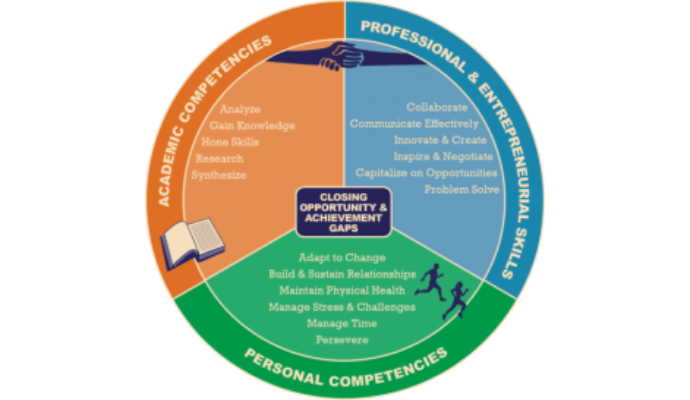Breakthrough Schools D.C. Round 3 Grantees
16 schools reimagining for more personalized and deeper learning ...

We’ve all had the experience of truly purposeful, authentic learning and know how valuable it is. Educators are taking the best of what we know about learning, student support, effective instruction, and interpersonal skill-building to completely reimagine schools so that students experience that kind of purposeful learning all day, every day.
School Name: West Generation Academy
Grades Served: 6–12
Location: Denver, CO
Operator: Generation Schools Network
Operator Type: Non-profit
School Type: District
Setting: Urban
Students at Opening: 450
Students at Capacity: 1,050
Blended Model Type: Station Rotation
Key Features: Extended Learning Time, College & Career Readiness
Seeing is Believing
West Generation Academy, a new turnaround school launched by Generation Schools Network on the site of Denver’s West High, includes many hallmarks of next-generation blended design. School days are longer to expand learning time. Classrooms are designed for rotations; in a single, 75-minute period, students might move from direct instruction to individual work on personalized digital content or to collaborative, small group work. Data tools provide real-time feedback to students and teachers. Digital tools help students “catch up” or dig deeper into their interests.
And yet, Generation Schools is not merely committed to redesigning the academic model in school. It’s also committed to creatively “redeploying” a school’s existing resources to personalize learning for students, support teachers, transform college and career guidance, and increase learning time — all without adding to school costs and while operating within key parameters of teacher contracts.
West Generation students, for example, benefit from a longer school year (200 days versus the standard 180-day calendar year) and from longer school days (8 hours per day). To increase access without adding to the budget, the Academy staggers teacher vacations to keep the amount of “working days” the same and offsets longer teaching days with shorter training days, essentially trading “time for time.”
Core class sizes are small; math and literacy classes have 18 to 25 students. Content experts might teach a Foundations course in English or math as their primary role, while also teaching a larger Studio class (an elective or additional core course) as a secondary role.
Generation Schools Network also thinks creatively about supporting students outside the classroom. In addition to a school guidance counselor and psychologist, the Academy enlists a team of teachers to provide college and career courses throughout the year. Twice each year for a full month, students participate in a rigorous, credit-bearing course that challenges them to set life goals and explore life beyond the campus through college visits, listening to guest speakers, or participating in technology-based research studies. Each course is designed to encourage students to sharpen their ability to negotiate, communicate, solve problems, and manage projects.
College & Career Readiness Programming
This model has already shown positive results in New York, where Generation launched Brooklyn Generation School in 2007 on a campus once described as “unsalvageable.” Eighty percent of the school’s first graduates were accepted into college, and the number of students graduating on time doubled.
West Generation Academy builds on that model but in a vastly different region. The push west reflects Generation Schools Network’s stated goal to scale innovation and systemic transformation across urban schools at varied per-pupil revenue allotments to demonstrate that, with the right partnerships, dramatic change can occur in a district setting. In addition to opening new schools, the organization partners with and supports existing district schools in whole-school redesigns and supports knowledge sharing across affiliate networks to encourage the diffusion of best practices and proven approaches.
The goal, according to school leaders, is to ensure that innovative practice and change occurs not just outside the system, but within it as well.
Application Deck